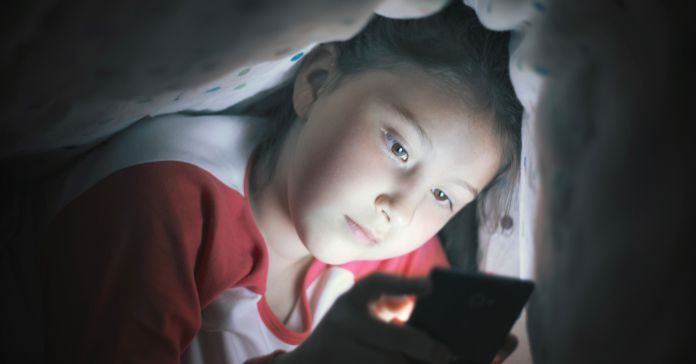Smartphone nowadays becomes a part of our daily life. Everyone carries a cell phone. Additionally, everyone also gets conscious about their health. But they seem less concern about the radio frequencies their phone emits. Their smartphone screen emits the large amount of radio waves that are believed to cause cancer, leukemia, and other disorders.
The bright light in the smartphone screen glows so brightly that we can see them during day time. But at night, it gets little difficult to see at them. Scientists also suggest that looking at the laptop or smartphone screens may be a terrible idea.
During the night, the light in the screens is bright enough that they have been compare to a ‘little window‘ that daylight can peer through. This light has a similar effect to the sight of the morning sun. This means it causes the brain to stop producing melatonin. Melatonin is the hormone that gives your body ‘time to sleep’ clues.
Out body generally follows a cycle that helps us to keep awake and alert during the daytime. The same cycle also suggests us to do essential rest during night time. But when we look at these screens as we are getting ready for sleep, our brains get confuse. Thus, it causes disturbance for our melatonin. And at last, it disturbs your sleep cycle like an artificially induced sort of jet lag.
To overcome this problem, many app designers have created programs like f.lux and Apple’s Night Shift mode for iPhones. Both programs adjust the light tones emitted by screens to remove the bright blue light from the display at certain times of the day.
But, more study is still needed that the dimmer light may improve sleep. Furthermore, many of things we do with our phones are also not conducive to sleep.
